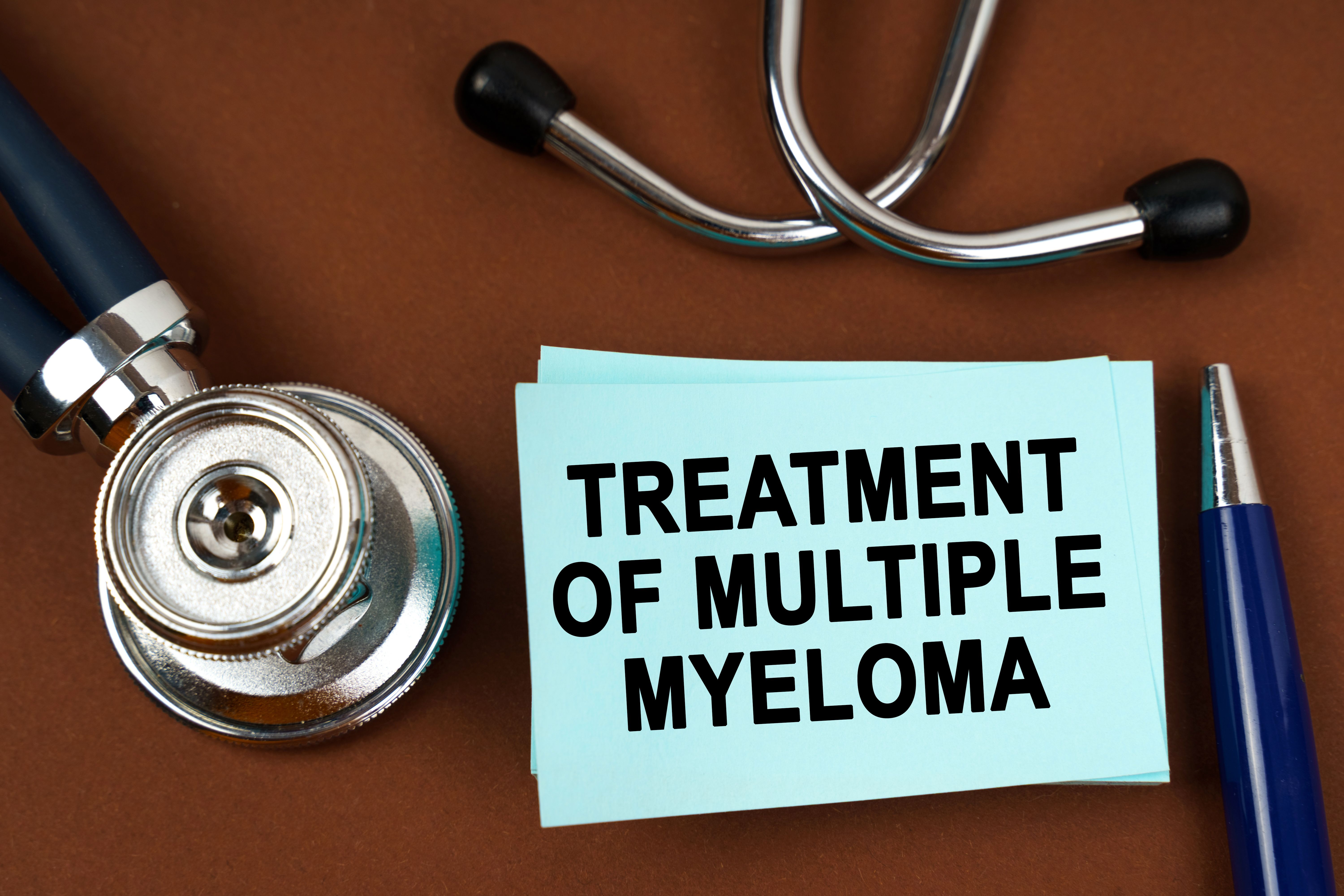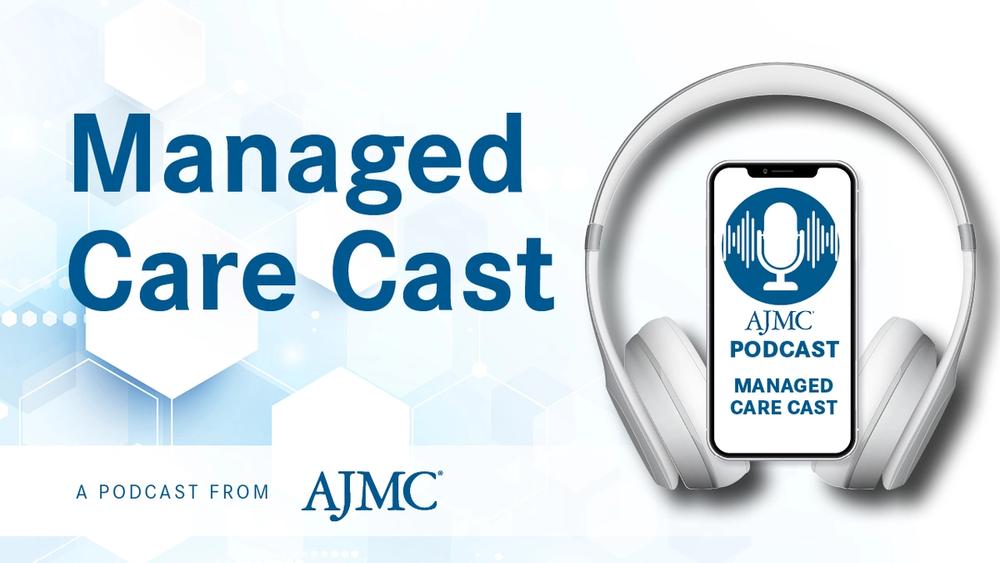News
Article
Optimizing Episodic Migraine Care: ACP’s Latest Treatment Guidance
Author(s):
Key Takeaways
- New guidelines recommend a sequential treatment approach for episodic migraine, starting with beta-blockers, antiseizure medications, SNRIs, and TCAs.
- CGRP antagonists and monoclonal antibodies are recommended if initial treatments are ineffective or not tolerated.
With historical data showing migraine to be underdiagnosed and undertreated, new guidance from the American College of Physicians (ACP) encompasses 3 recommendations on treating episodic migraine in adult patients in the outpatient setting.
The Clinical Guidelines Committee (CGC) of the American College of Physicians has developed new guidance for clinicians initiating treatment of episodic migraine—typically defined as 14 or fewer headache days per month1-4—following an extensive review of the benefits and harms of treatments from 9 classes of medications used to treat the neurological disorder among nonpregnant adult patients in the outpatient setting.1
Investigators conducted a systematic review and meta-analysis of randomized controlled trials that were least 12 weeks long, encompassing treatment and follow-up.
The following medication classes were evaluated in the systematic review, even though not all were included in the final recommendations:
- Angiotensin-converting enzyme inhibitors: lisinopril
- Angiotensin II receptor blockers: candesartan and telmisartan
- Antiseizure medications: topiramate and valproate
- Beta-adrenergic blockers (beta-blockers): metoprolol and propranolol
- Calcitonin gene-related peptide (CGRP) antagonist–gepants: atogepant and rimegepant
- CGRP monoclonal antibodies (CGRP-mAbs): eptinezumab, erenumab, fremanezumab, and galcanezumab
- Selective serotonin reuptake inhibitors (SSRIs) and serotonin and norepinephrine reuptake inhibitors (SNRIs): fluoxetine and venlafaxine
- Tricyclic antidepressants (TCAs): amitriptyline
Treatment combinations were also investigated.
Beyond benefits and harms, the authors were interested in public and patient values and preferences and economic evidence. Most of the individuals included in their analysis were reproductive-age female patients with episodic migraine with aura, who had 7 to 8 headache days per month, were initiating treatment as prevention of episodic migraine, and had failed previous treatments.
The study authors noted there was a lack of overwhelming evidence favoring one treatment over another, which is why they also considered economic data and patients’ treatment preferences and values. | Image Credit: © Andrii Zastrozhnov-stock.adobe.com

Recommendations
The recommendations are sequential. Each recommendation builds on the previous, in that if a patient has a less-than-optimal response or cannot tolerate a treatment from Recommendation 1, they would proceed to medications covered by Recommendation 2, and if the same occurs again, then to medications covered by Recommendation 3. They are all conditional recommendations backed by low-certainty evidence.
The study authors used the Grading of Recommendations Assessment, Development and Evaluation (GRADE) approach to evaluate the impact of the previously mentioned treatments on migraine frequency and duration, days that medication was taken for acute treatment, frequency of migraine-related emergency department visits, migraine-related disability, quality of life and physical functioning, and discontinuations due to adverse events (AEs). The AEs themselves were gleaned from FDA labels and eligible studies, and the economic value (evidence) was based on willingness-to-pay thresholds.
Recommendation 1: Clinicians should initiate monotherapy with metoprolol or propranolol (beta-blocker), valproate (antiseizure), venlafaxine (SNRI), or amitriptyline (TCA).
Recommendation 2: Clinicians should initiate monotherapy with atogepant or imegepant (CGRP antagonist–gepants) or eptinezumab, erenumab, fremanezumab, and galcanezumab (CGRP-mAbs).
Recommendation 3: Clinicians should initiate monotherapy with topiramate (antiseizure).
Economic data showed a wide variation in the pharmacologic classes evaluated. Median costs ranged from 2 up through 5 figures. For example, oral CGRP antagonists-gepants alone ranged from $7071 to $22,790, while amitriptyline comes in at $67, metoprolol at $123, valproate at $274, and venlafaxine at $378, to name a few. The authors explained, “The CGC only assessed [the wholesale acquisition cost] of eligible interventions and did not calculate associated costs of care.”
The authors also noted that there was a lack of overwhelming evidence favoring one treatment over another, which is why they also considered the economic data and patients’ treatment preferences and values to arrive at their recommendations. The small benefits observed—such as CGRP-mAbs reducing migraine frequency and the need for acute medication (compared with topiramate) and venlafaxine reducing migraine frequency (compared with amitriptyline)—were offset by the lack of comprehensive safety data and the presence of insufficient uncertainty.
“The vast majority of findings from analyses of prioritized outcomes for this topic showed no comparative differences in effect, insufficient comparative evidence, or no comparator data,” the authors wrote.
Patients were also shown to prioritize the following when considering treatment:
- Migraine prevention vs treatment AEs
- Migraine duration and its effect on daily life vs migraine recurrence
- Route of administration (oral vs injectable)
- Treatment impact on migraine frequency
Looking Forward
In addition to medication recommendations, the authors emphasize several key clinical considerations for improving migraine management:
- Explore potential migraine triggers and lifestyle interventions before initiating treatment
- Evaluate if current migraine treatments are appropriate
- Ask if pharmacologic treatment for episodic migraine would be appropriate to add for patients who experience severe debilitating headache despite treatment
- Emphasize the importance of treatment adherence, as improvement can be gradual over the long term
- For patients of reproductive age and those who are pregnant or breastfeeding, educate on treatment AEs
- Switch treatments, typically within 2 to 3 months, if a trial period does not bring about adequate response
- Keep a headache diary
They also note that because there is a lack of head-to-head comparisons, future research should encompass well-designed comparative clinical effectiveness trials and cost-effective analyses, patient-centered outcomes, quality of life impact, and subgroup studies that focus on age, race, and ethnicity.
References
1. Qaseem A, Cooney TG, Etxeandia-Ikobaltzeta I, et al. Prevention of episodic migraine headache using pharmacologic treatments in outpatient settings: a clinical guideline from the American College of Physicians. Ann Intern Med. Published online February 3, 2025. doi:10.7326/ANNALS-24-01052
2. Kuruvilla D. Ask the expert: understanding episodic migraine. Healthline. May 24, 2024. Accessed January 31, 2025. https://www.healthline.com/health/migraine/understanding-episodic-migraine
3. ICHD-3 definitions for episodic and chronic migraine. Neurotorium. January 6, 2023. Accessed January 31, 2025. https://neurotorium.org/image/ichd-3-definitions-for-episodic-and-chronic-migraine/
4. Chapter 1, episode 1: what is episodic and chronic migraine. Association of Migraine Disorders. June 13, 2022. Accessed January 31, 2025. https://www.migrainedisorders.org/video/episodic-and-chronic-migraine/




